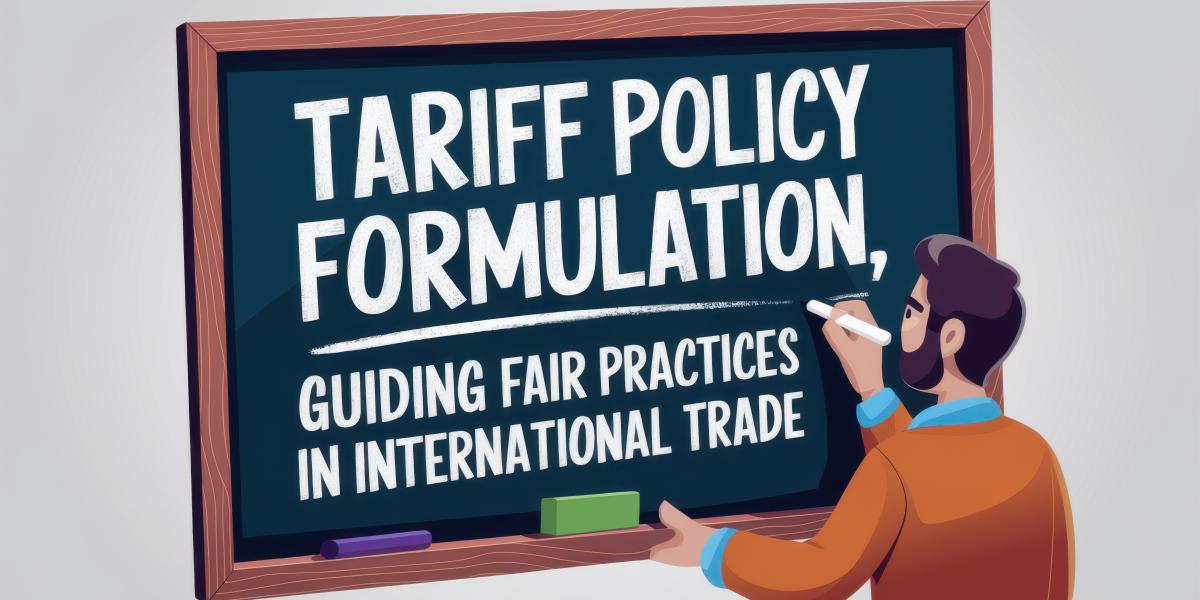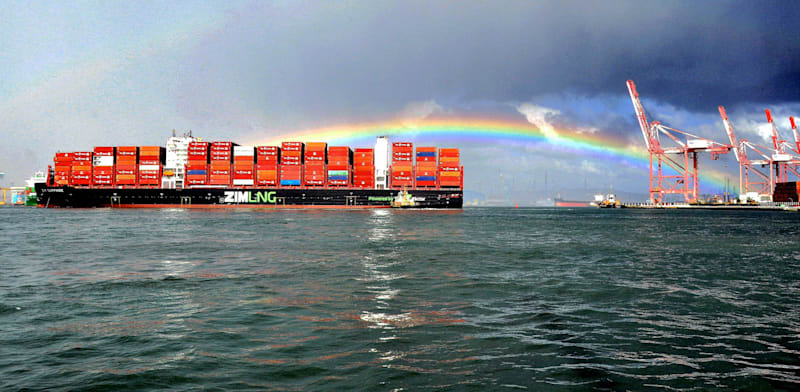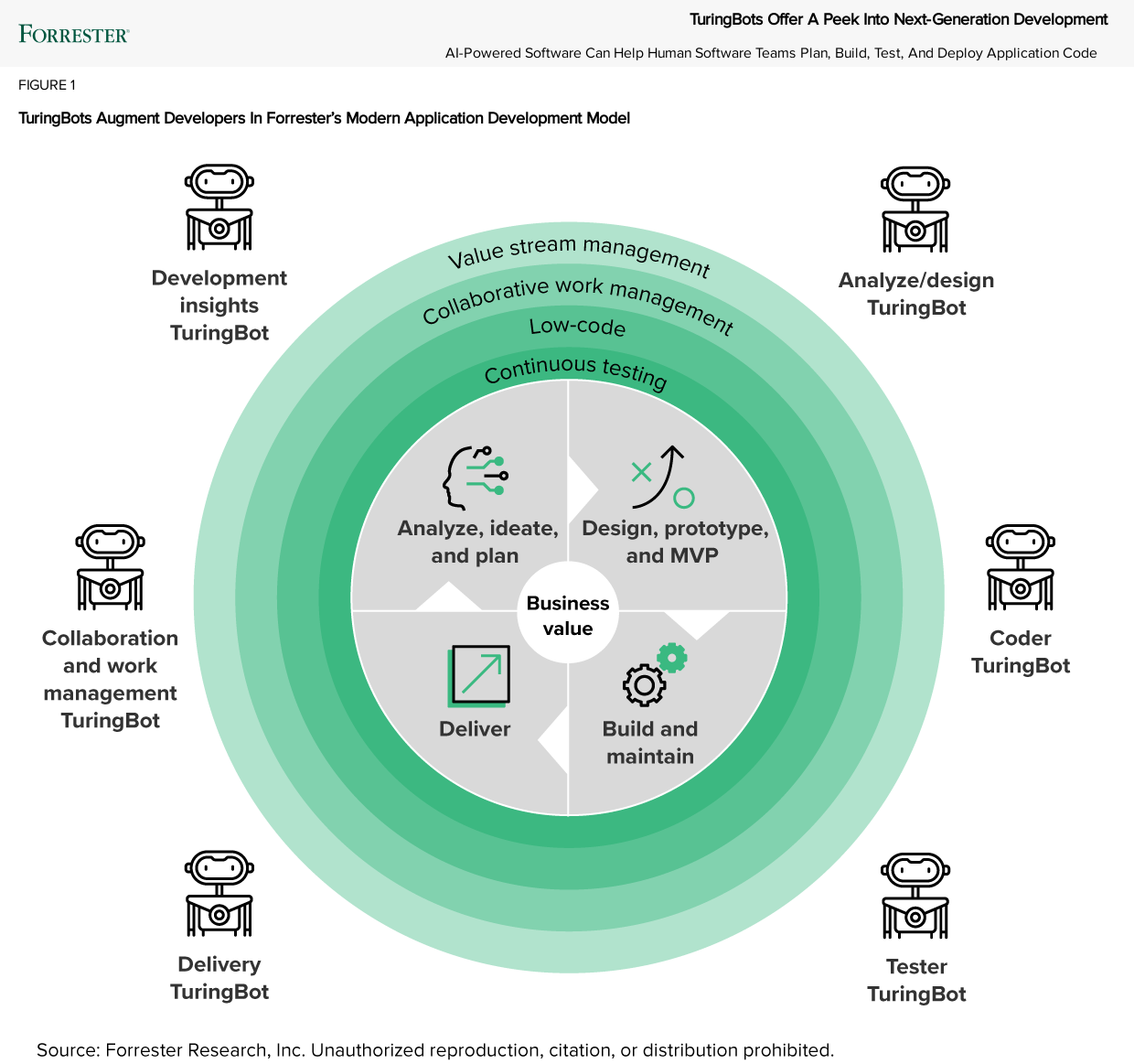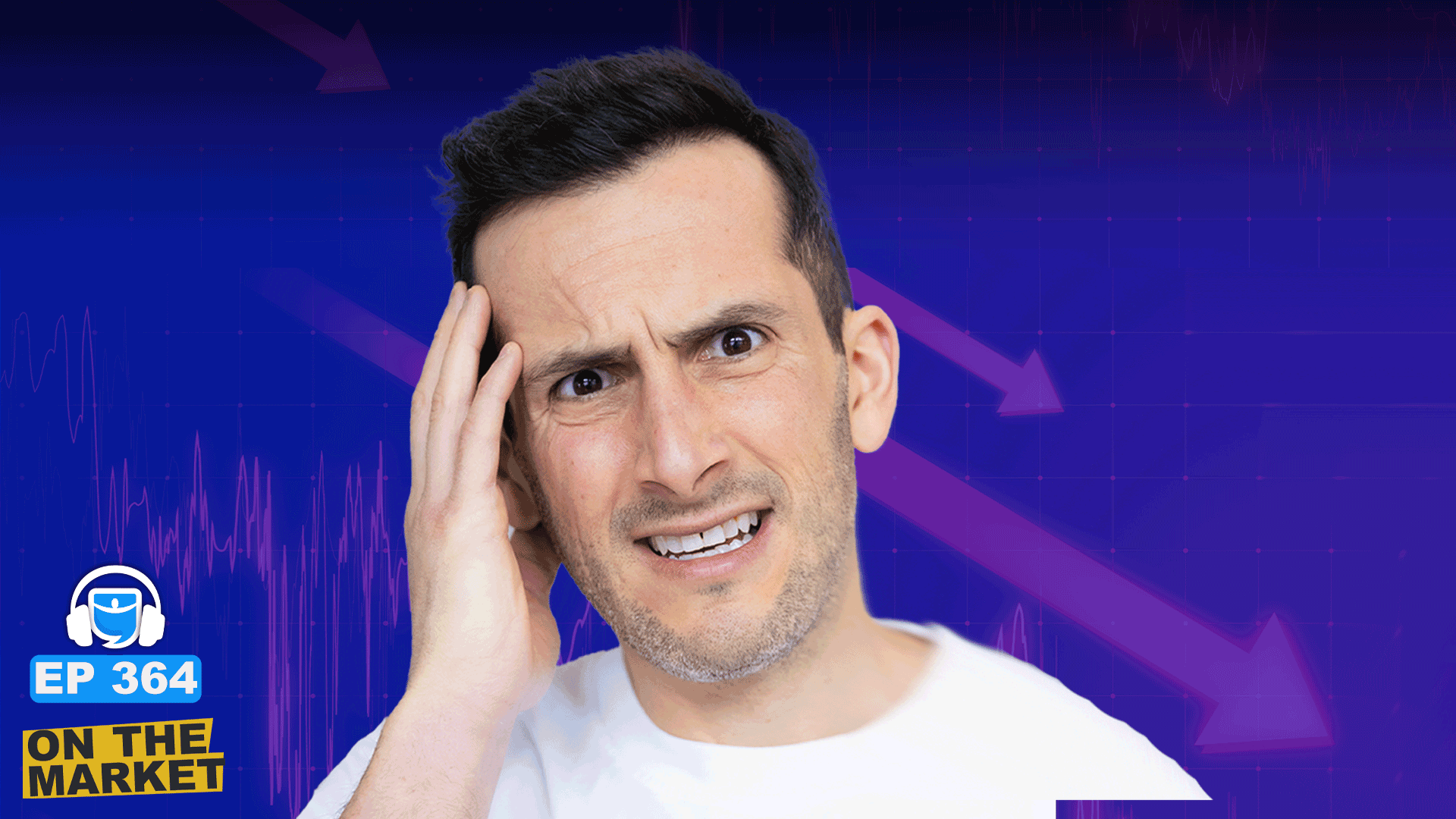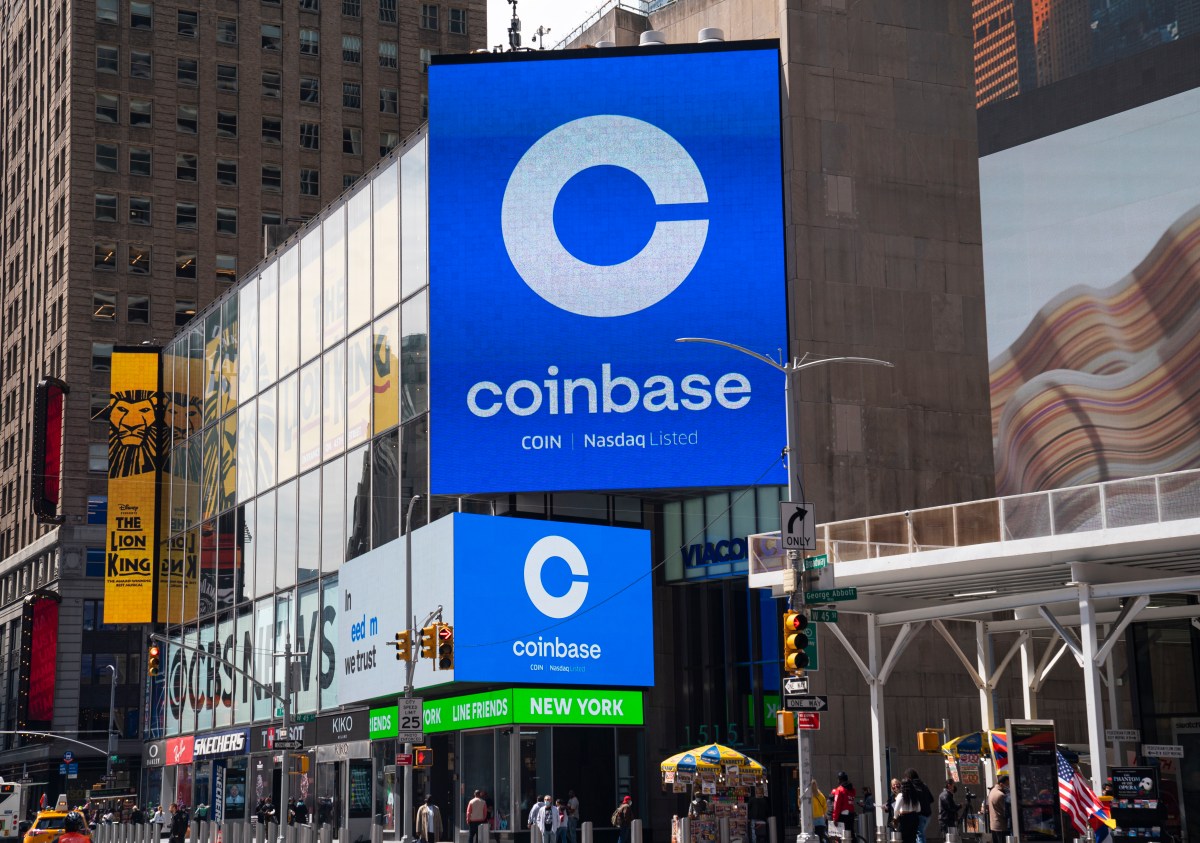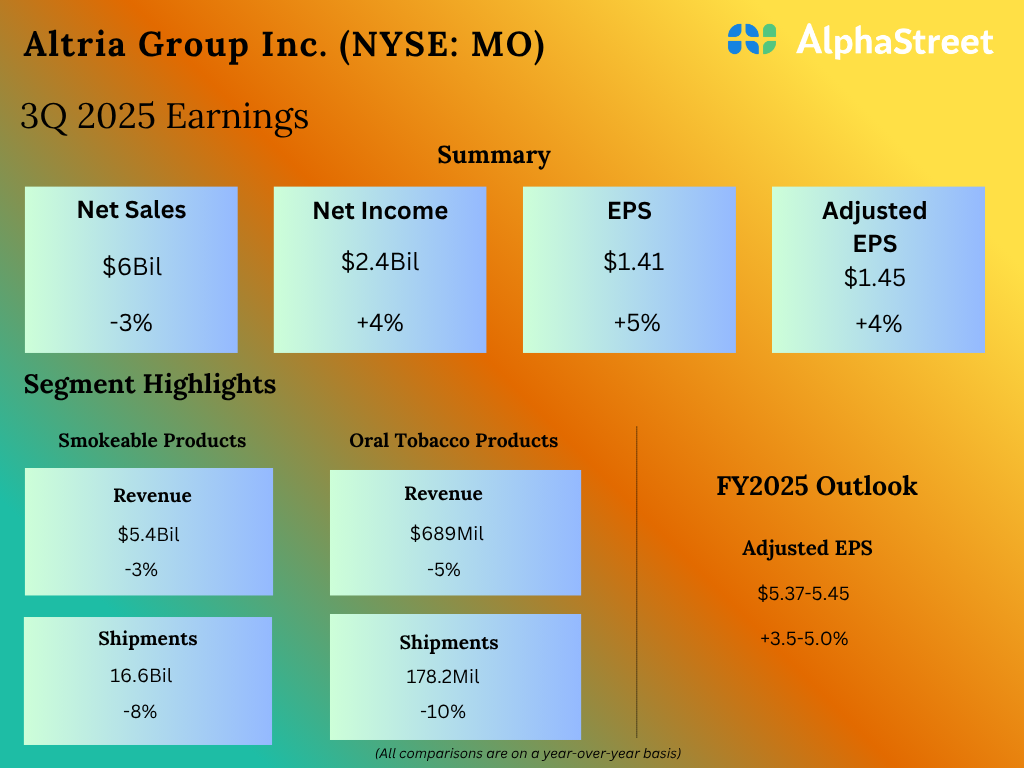In the wake of the Trumpian tariffs, any number of fallacies in economic theory have resurfaced to justify and advance Trump’s agenda. Most are more egregious than optimal tariffs, but this particular fallacy needs especially to be exposed. Not primarily because it has been used by some defenders of Trump, but because it is a mainstay of modern economics, and as such exposes a weakness in mainstream defenses of free trade.
The Theory of Optimal Tariffs
The theory of optimal tariffs has a long pedigree, but it became a staple of international economics when Nicholas Kaldor formalized it in 1940. Earlier economists had discussed the potential for a country to turn the terms of trade in its favor through some protectionist measure or other. That is, if a country could influence the world market price through its policy, it could potentially gain from a tariff.
Let us revisit the way tariffs are normally portrayed in modern textbooks and articles. There are more advanced models than this, like Kaldor’s, but the basic theory is the same. In order to show the benefits from trade, we can draw a standard demand and supply diagram for some import commodity. The domestic supply and demand curves intersect at a point above the world market price, so it is clearly cheaper to import than buy domestically. At the world market price, a smaller amount is produced domestically and a larger amount is demanded. The shortfall is made up by imports.
Figure 1: The Market for Imports
If one wants to quickly bring across the effects of international trade, such a diagram is pretty innocuous, if superficial. While the benefits from trade are shown—more goods at lower prices—the cause of these benefits is not explained and it is not immediately evident what will happen to the “losers” from trade, the domestic producers.
The same diagram is used to show the effects of tariffs. When a tariff is introduced, it drives the domestic price above the world market price by the amount of the tariff, since the standard assumption is that any given country cannot influence the world market price. At the higher domestic price, domestic producers have a higher market share, but consumers lose out and demand less. In the standard analysis, there is a net deadweight loss, which shows that tariffs are inefficient.
Figure 2: A Simple Tariff

From an Austrian point of view, these welfare comparisons are, of course, highly problematic, but we will not discuss this point further here. But even on its own terms, the diagram is problematic, as it does not directly show the main consequence of tariffs. Tariffs reduce the degree of international division of labor making everybody less productive, reducing real income for domestic producers and consumers alike.
Tariffs are a net loss in the standard approach, but as soon as we loosen our assumptions, this conclusion becomes uncertain. This is where we enter optimal tariff territory. Specifically, what happens if the country can influence the world market price? By imposing a tariff, domestic demand falls, and this may lead to a fall in the world market price, so domestic prices don’t increase as much above the initial world market price.
Figure 3: An Optimal Tariff

In this situation, the foreigners are said to pay part of the tariff, and the part they pay can be measured as the area between the initial world market price and the world market price after the tariff is imposed. If the part foreigners pay outweighs the deadweight loss, there is a net gain to the economy and the tariff is said to be optimal. It is, therefore, in principle, possible to institute an “External Revenue Service,” taxing foreigners, and this would indeed be welfare-optimizing. Thus, modern economics is not really in favor of free trade, but rather for some moderate degree of protectionism.
The Fallacy of Optimal Tariffs
Even on its own terms, however, the theory of optimal tariffs does not prove that there is an optimal tariff rate. Rather, it only shows that, for the domestic economy in isolation, there might be net gains from tariffs, but this net gain is a loss to foreigners who bear part of the burden, or pay the tariff. The overall deadweight loss still outweighs any benefits. This is well-known among economists, who always stress that they only look at one country in isolation when discussing optimal tariffs. However, the key fallacy of this approach is overlooked.
When looking at the effects of a tax, one important question is that of tax incidence: who pays the tax at the end of the day and has a lower income. Since tariffs are taxes, the same question arises here. In the standard analysis, there is no clear rule for who pays—sometimes the incidence falls on (domestic) consumers, sometimes on (foreign) producers. This is determined by the price elasticity of demand and supply. The Austrian theory of tax incidence is different.
Murray Rothbard argued that a tax can never be shifted forwards, that is, the consumer can never be made to pay the tax—nor the tariff. What happens is rather that producers are faced with increased marginal costs and reduce production until it is again profitable. The tariff—like other taxes—is always and everywhere paid by the producing foreigners, but we cannot necessarily know exactly which producers pay. Factors of production specific to a given product will pay the specific tariff on said product, but the Trumpian tariffs are hardly specific. A general tariff on Chinese goods may end up lowering the incomes of Australian and African suppliers of raw materials to Chinese producers, for instance.
But incidence is only of secondary importance in the discussion of tariffs. Tariffs always lead to a reduction in the international division of labor and overall lower real incomes for all. This is the real damage done by tariffs, and it is obscured by the focus on standard welfare analysis and by too strong a focus on short-term effects. If an optimal tariff lowers the world market price, foreign capitalists will not simply happily pay without changing their course of action. They will reduce demand for factors of production in the affected line of business and invest their capital elsewhere, likely focusing more on the domestic market. While this is optimal in the presence of tariff barriers, it is a less productive use of resources than a greater degree of international specialization would have allowed.
This process also plays out in the domestic economy. The primary victims of tariffs are, therefore, not foreigners, but domestic residents who could have employed their talents and resources more effectively by trading with foreigners, but who are now forced to rely on domestic substitutes. While “re-industrialization” may occur, this is hardly a good outcome, since it means that capital and labor are now employed in producing worse and costlier goods.
Conclusion
The optimal tariff fallacy shows two things. Once praxeology is abandoned, economics becomes divorced from reality and leads to strange outcomes. The errors of mainstream economics may appear small at the outset, but they lead to unsustainable conclusions like optimal tariffs.
Second, so long as economists are trapped in this broadly positivist paradigm, they are—at the end of the day—merely efficiency experts for the state. This was the role of the mercantilists and cameralists, the enemies of economics of yore; optimal tariff theory today gives a scientific justification for destructive trade policy.


